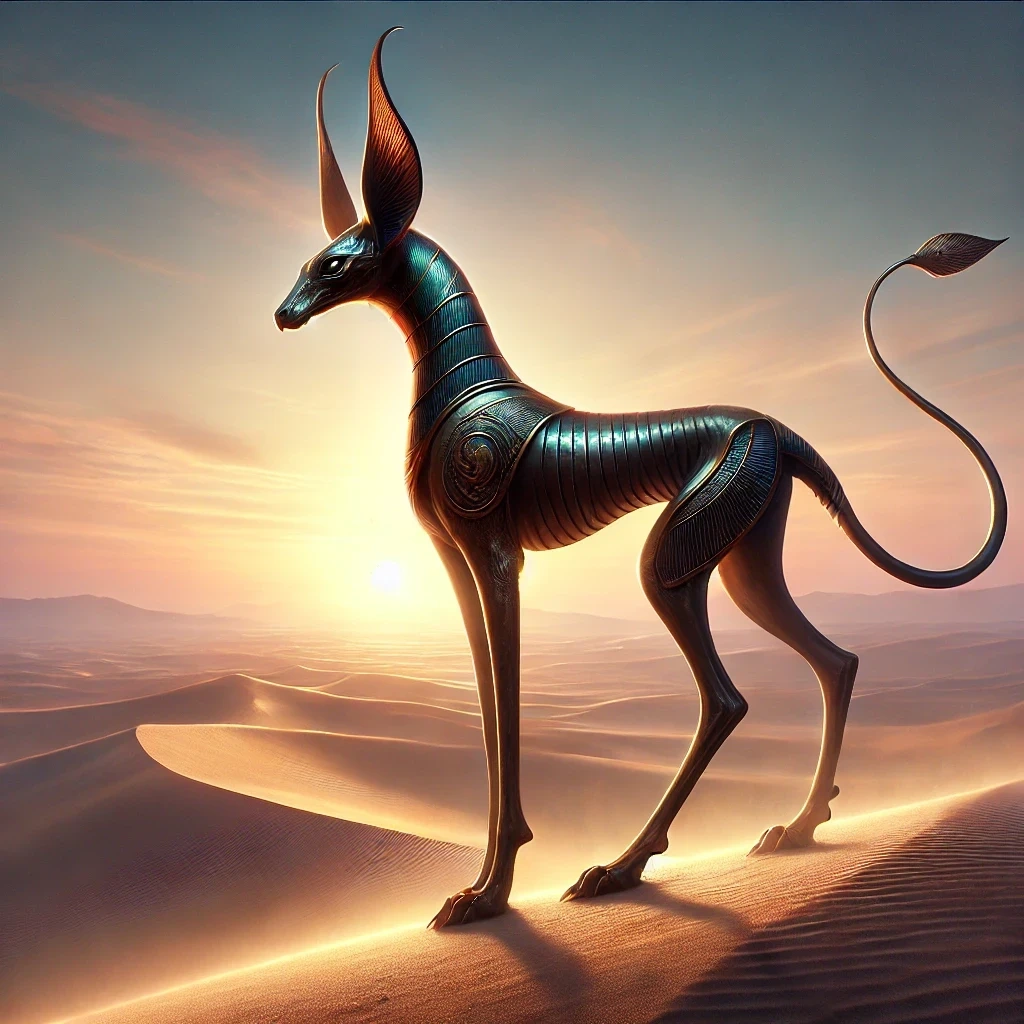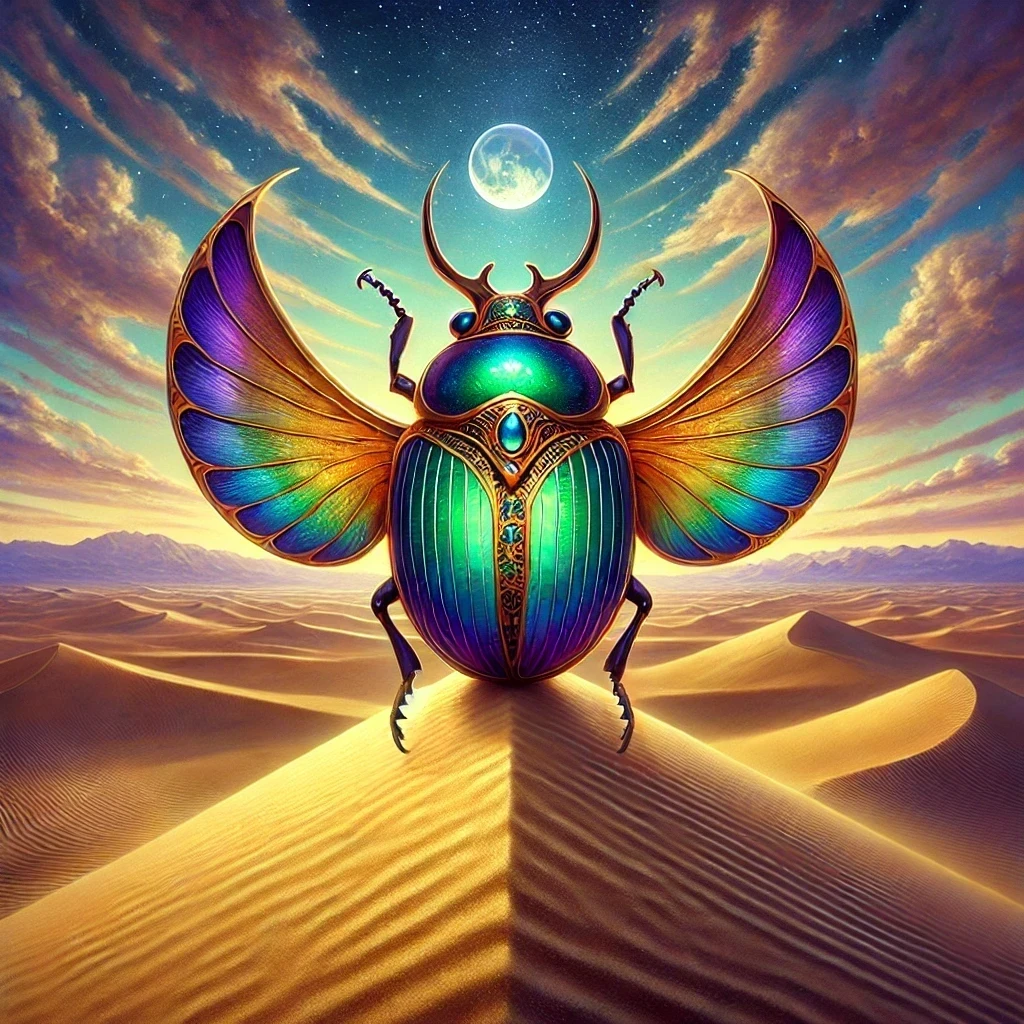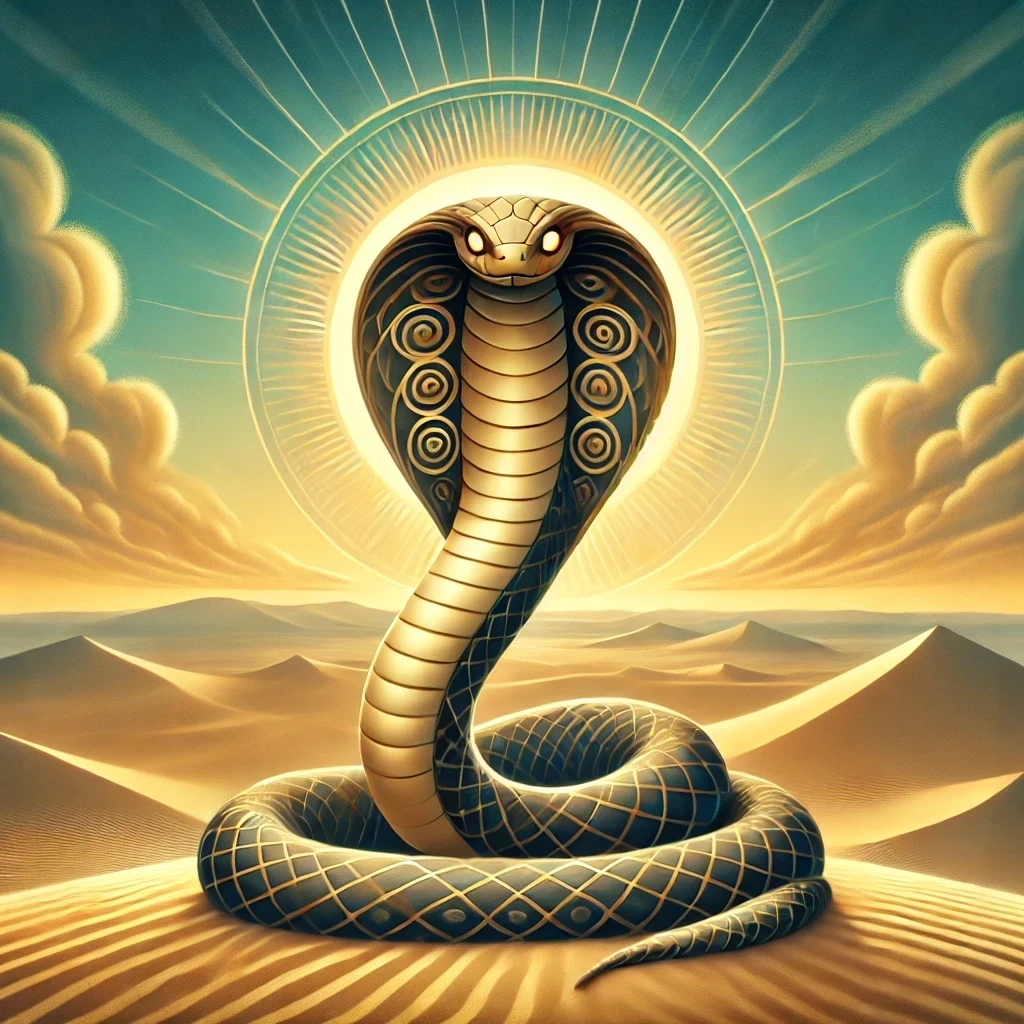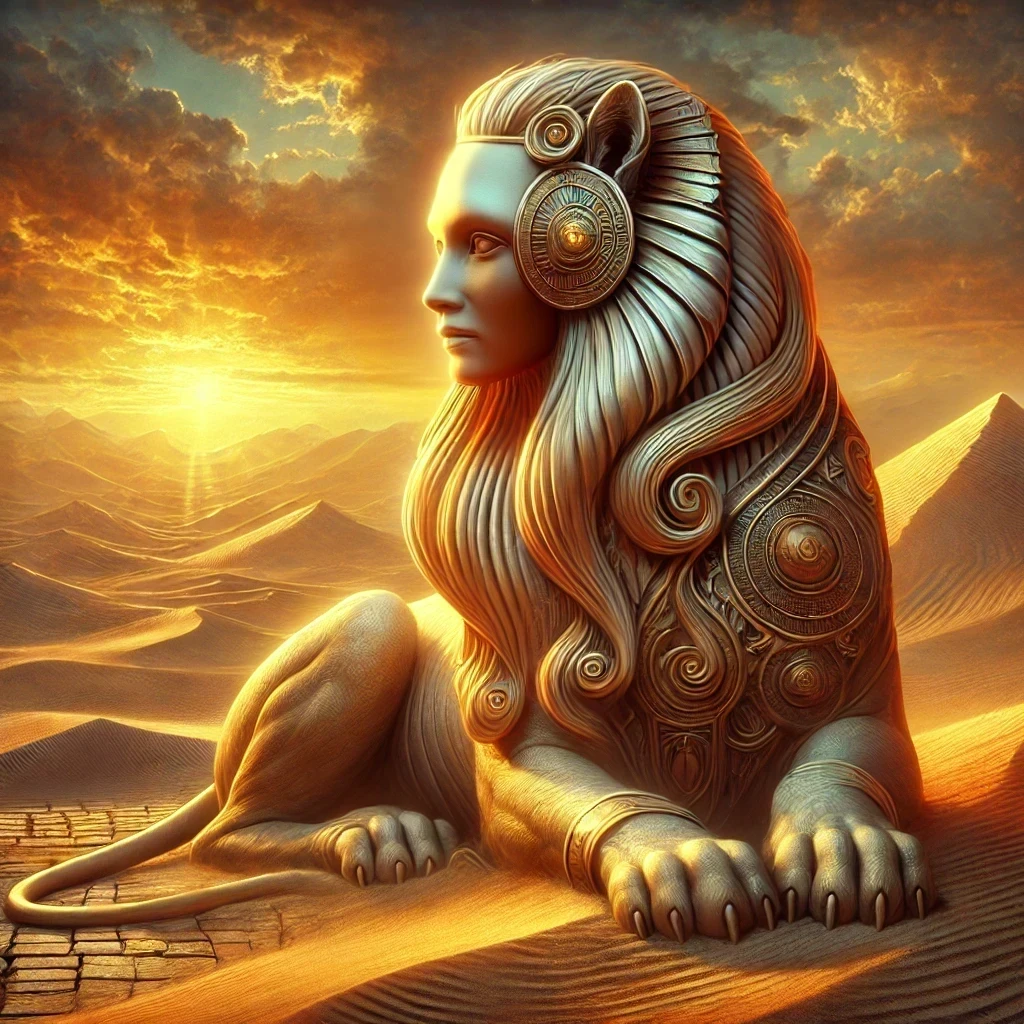The enigmatic creature known as Sha, the Set animal, or Typhonian animal, has captivated historians, mythologists, and archaeologists for centuries. Steeped in mystery and tied intricately to the mythology of ancient Egypt, this creature defies easy categorization, embodying a blend of the real and the mythical. Let us unravel the layers of history, symbolism, and stories that make this ancient being a compelling subject of study.
Origins
Historical Roots
The origins of Sha trace back to the dawn of ancient Egyptian civilization, where it became inextricably linked to the god Set, the chaotic and often misunderstood deity of deserts, storms, and disorder. Unlike other mythological creatures whose inspirations can often be traced to real animals, the Set animal is uniquely puzzling, appearing to amalgamate traits from various species.
Artifacts depicting the creature date back to the Predynastic Period (c. 4000 BCE), highlighting its long-standing presence in Egyptian culture. Early representations on pottery and amulets suggest that the creature was revered, feared, and used as a protective symbol against malevolent forces.
The Role of Set
Set, the god with whom Sha is most closely associated, was a complex figure. Though often vilified in later Egyptian myths as the murderer of Osiris, Set was not always viewed negatively. In earlier periods, he was a necessary force, representing balance in a universe of dualities. The enigmatic creature often served as Set’s emblem, symbolizing the raw power and unpredictability of the desert.

Appearance
Unraveling the Mystery
The physical appearance of Sha is as elusive as its origins. Descriptions and depictions vary, but the creature is consistently characterized by features that seem oddly mismatched yet strikingly intentional.
Physical Traits
Sha is typically depicted with a slender, elongated body, erect square-tipped ears, and a forked tail. Its long, curved snout resembles that of an anteater or aardvark, while its legs are reminiscent of a canine’s. This amalgamation of traits has led scholars to suggest that the creature is a composite of real animals or perhaps a wholly mythical invention.
Artistic Representations
In Egyptian art, Sha was often portrayed in profile, emphasizing its angular, almost geometric silhouette. Whether carved into temple walls or painted on papyrus, its form conveyed a sense of otherworldly strangeness, setting it apart from other mythological beings.
Symbolism
A Dual Nature
The creature’s symbolism reflects the dual nature of Set himself. While often associated with chaos and destruction, it also represented protection, strength, and resilience. The Sha’s duality mirrors the Egyptians’ nuanced understanding of the natural and supernatural worlds.
Protection Against Evil
Amulets and artifacts featuring the creature were frequently used as talismans. Believed to ward off evil spirits, these items illustrate how the ancient Egyptians navigated their spiritual beliefs, balancing fear and reverence.
Cosmic Connections
In some interpretations, Sha represents the unpredictable forces of the cosmos, serving as a reminder of the delicate balance between order and chaos. Its link to Set underscores its role as a guardian of thresholds, standing between worlds of light and shadow.

Abilities
Beyond the Physical
While no specific “abilities” are attributed to Sha in the way they might be to mythological creatures like dragons or griffins, its powers were deeply symbolic.
Protector of Boundaries
As an emblem of Set, Sha was thought to protect boundaries—both physical and metaphysical. This protective role extended to safeguarding travelers and fending off malevolent forces in the desolate wilderness of the desert.
A Symbol of Chaos
Sha also embodied chaos’s transformative power. This wasn’t chaos for its own sake but a necessary disruption that allowed for renewal and change, echoing the cyclical nature of life and death in Egyptian mythology.
Tales
The Battle of Horus and Set
One of the most famous myths involving Set—and by extension, Sha—is the battle between Horus and Set for the throne of Egypt. In these tales, Set’s association with the creature highlights his cunning and ferocity. Sha becomes an emblem of his defiance and refusal to conform to the expected order.
Protecting Ra’s Solar Boat
In some accounts, Set and his emblematic creature protect the solar boat of Ra during its nightly journey through the underworld. Battling the serpent Apophis, Set’s dual nature as both destroyer and protector is showcased, with Sha symbolizing his loyalty to the cosmic order.

Relationships
Connection to Set
Sha’s connection to Set is its defining relationship, and the two are rarely mentioned independently in ancient texts. This bond underscores the creature’s role as an extension of the god’s power and influence.
Interactions with Other Gods
While primarily tied to Set, the creature’s presence in myths often places it in the orbit of other deities. In tales involving Horus, Isis, and Ra, Sha serves as a silent yet potent symbol of Set’s influence, whether as an antagonist or a reluctant ally.
Influence on Other Cultures
The Set animal’s unique characteristics may have influenced neighboring cultures’ mythologies. Some scholars speculate that it bears similarities to Typhon from Greek mythology, linking it to broader Mediterranean traditions.
Trivia
Name Etymology
The term “Sha” simply means “mysterious creature” in ancient Egyptian, a fitting name for such an enigmatic being.
Real-Life Inspirations
While the creature is thought to be entirely mythical, some suggest it was inspired by real animals like the aardvark, jackal, or Saluki. Others believe it represents a now-extinct species.
Modern Interpretations
In modern Egyptology and pop culture, Sha continues to intrigue artists and writers. Its distinctive appearance and association with Set make it a popular subject in speculative fiction and academic research.
Rarity in Artifacts
Compared to other mythological creatures, depictions of Sha are relatively rare, adding to its mystique. This scarcity suggests it was regarded with a special reverence or fear.



